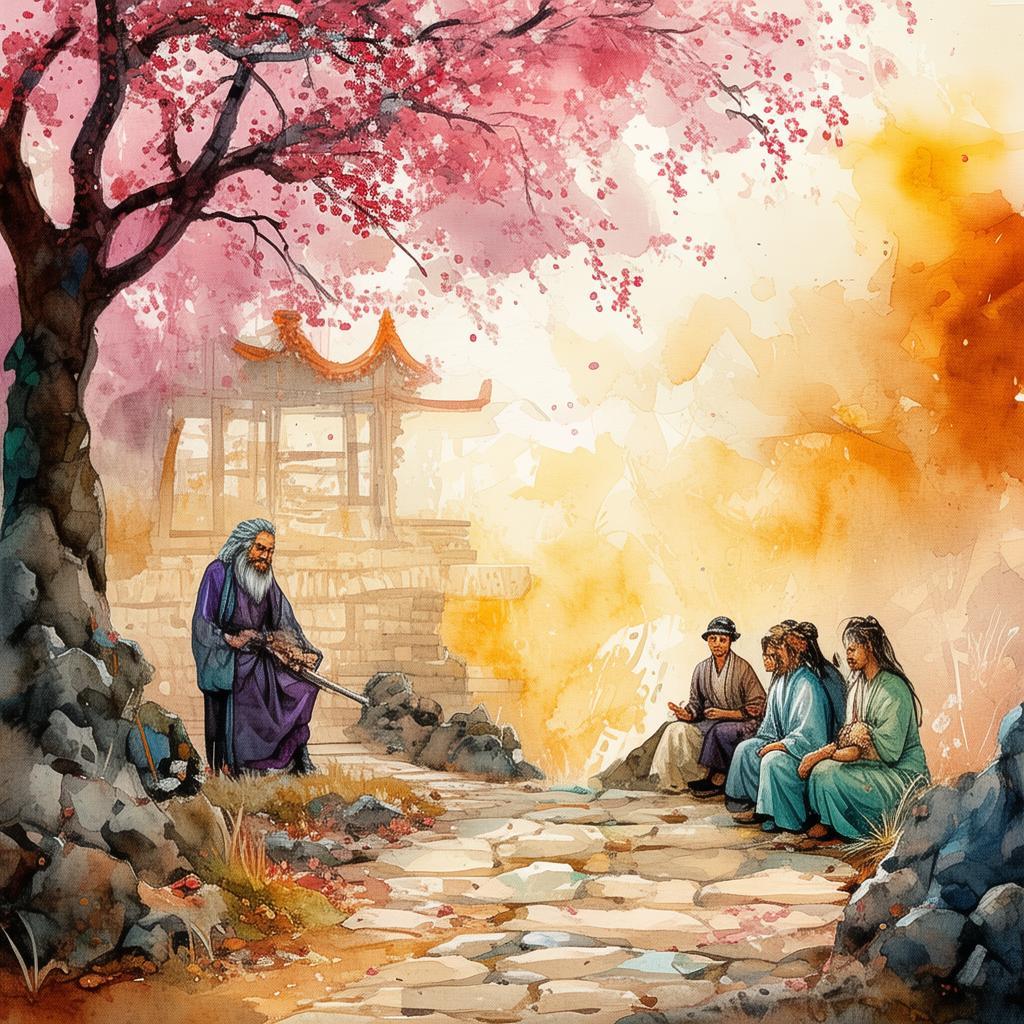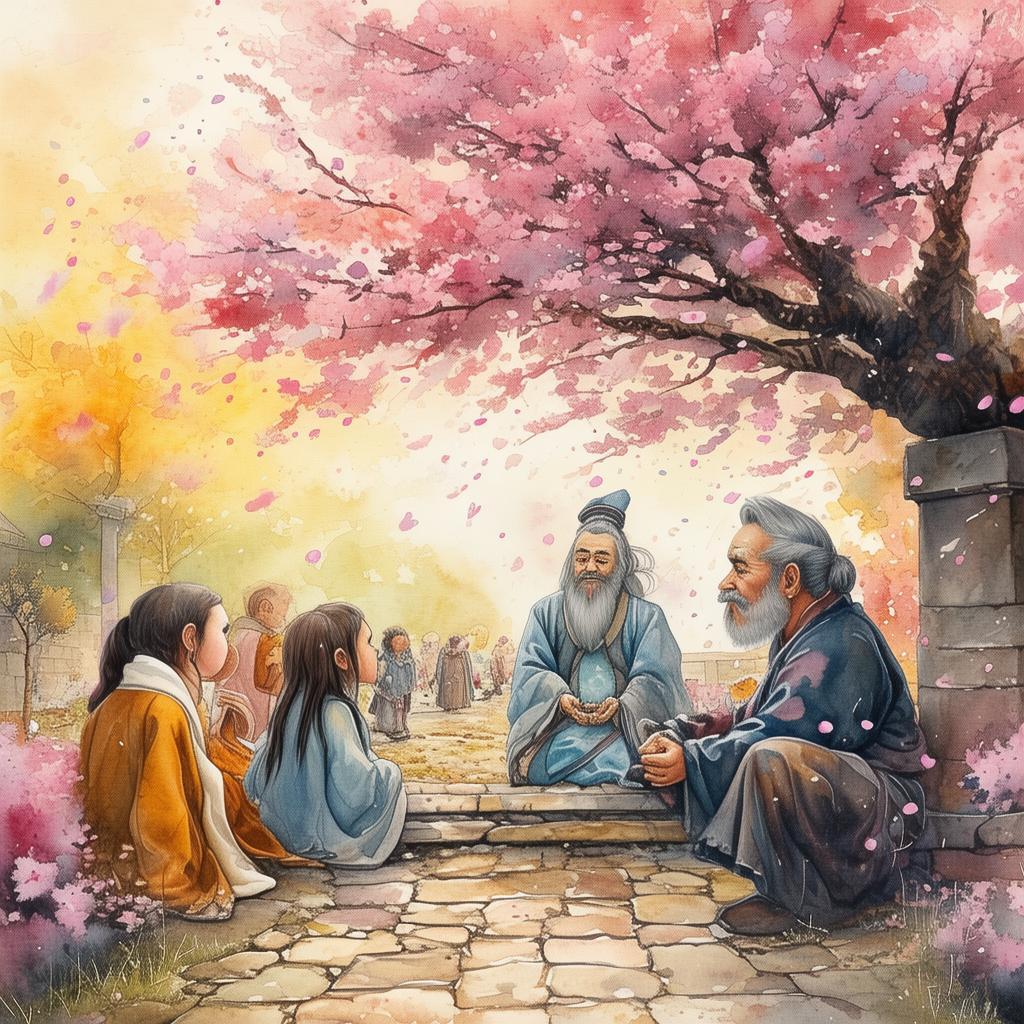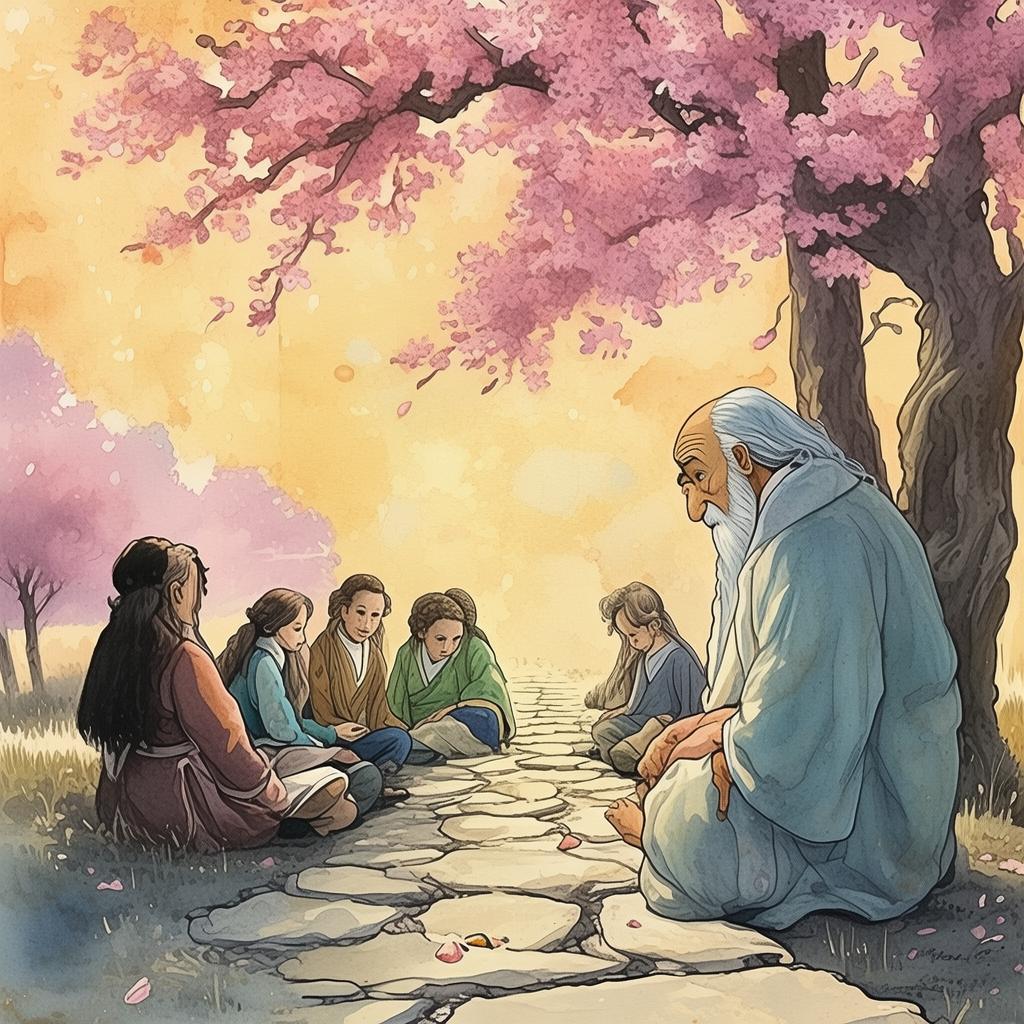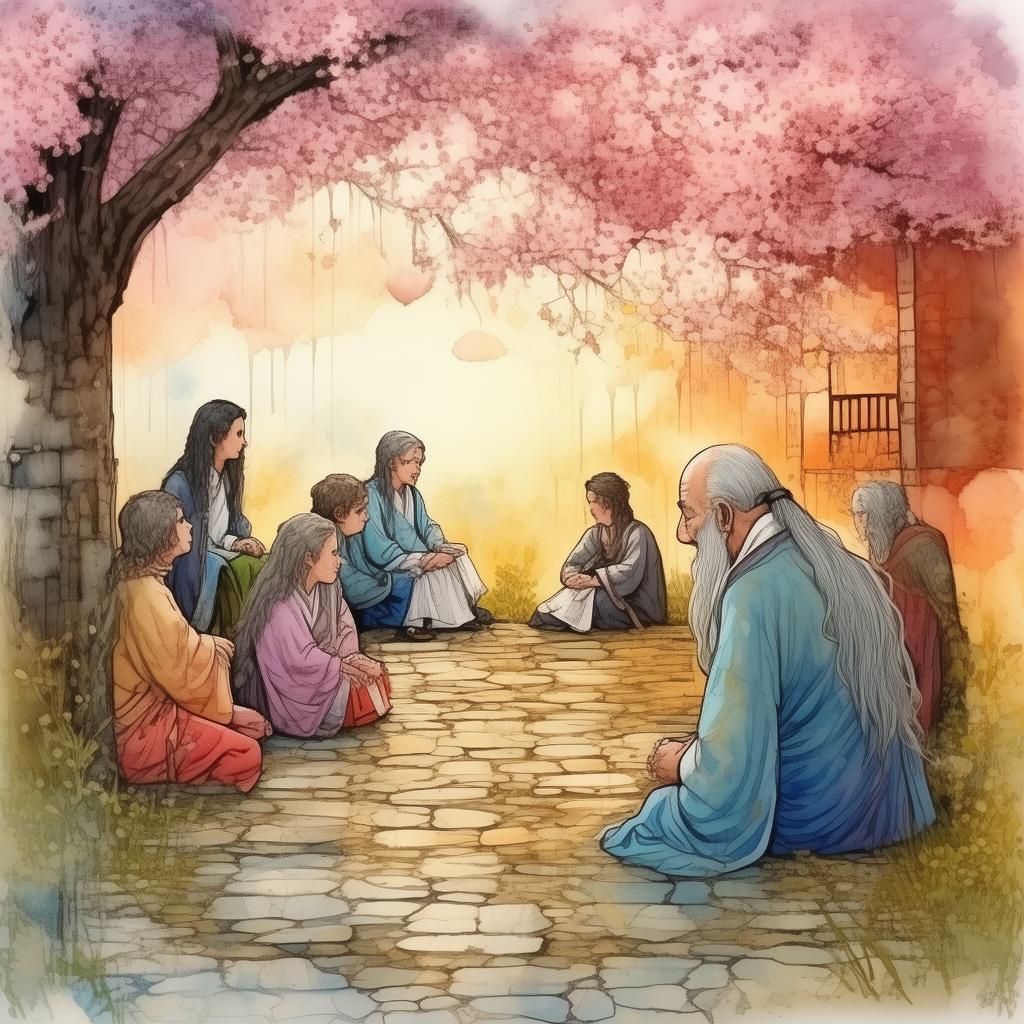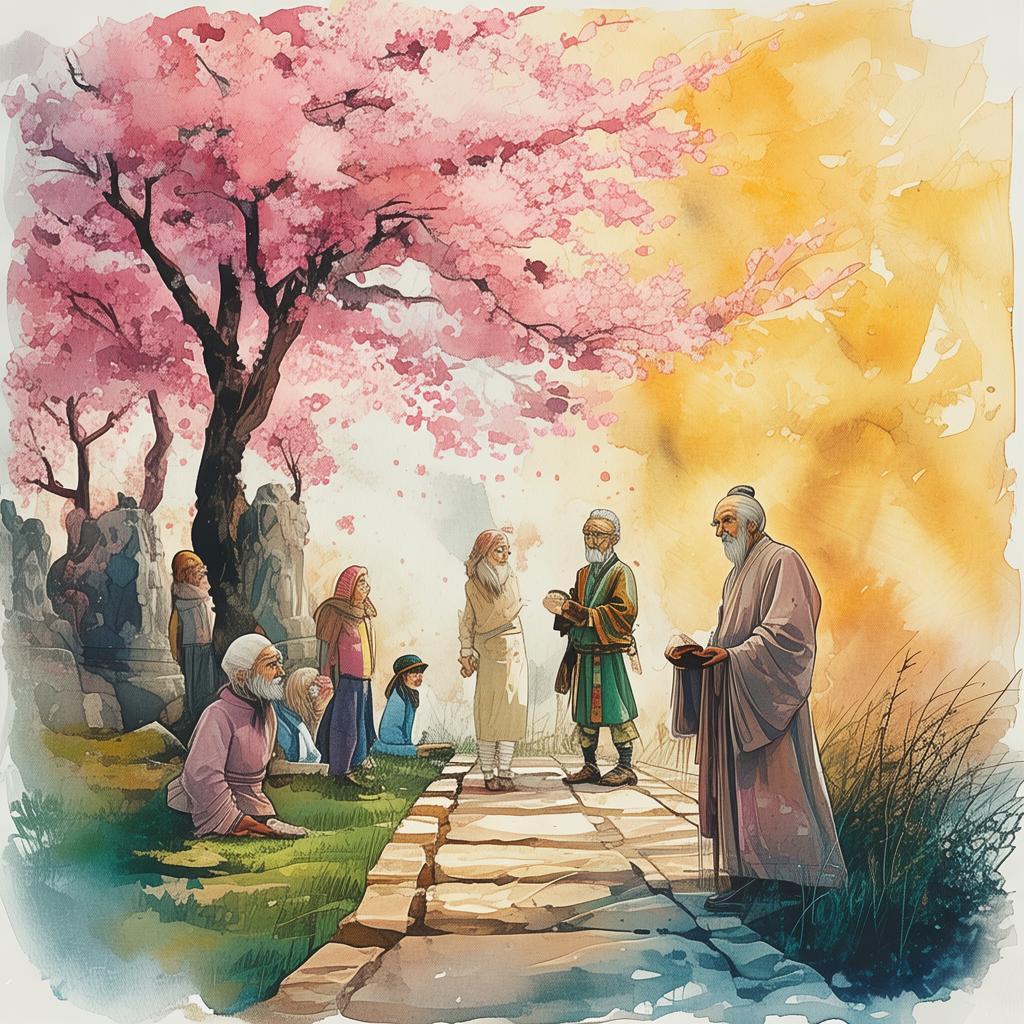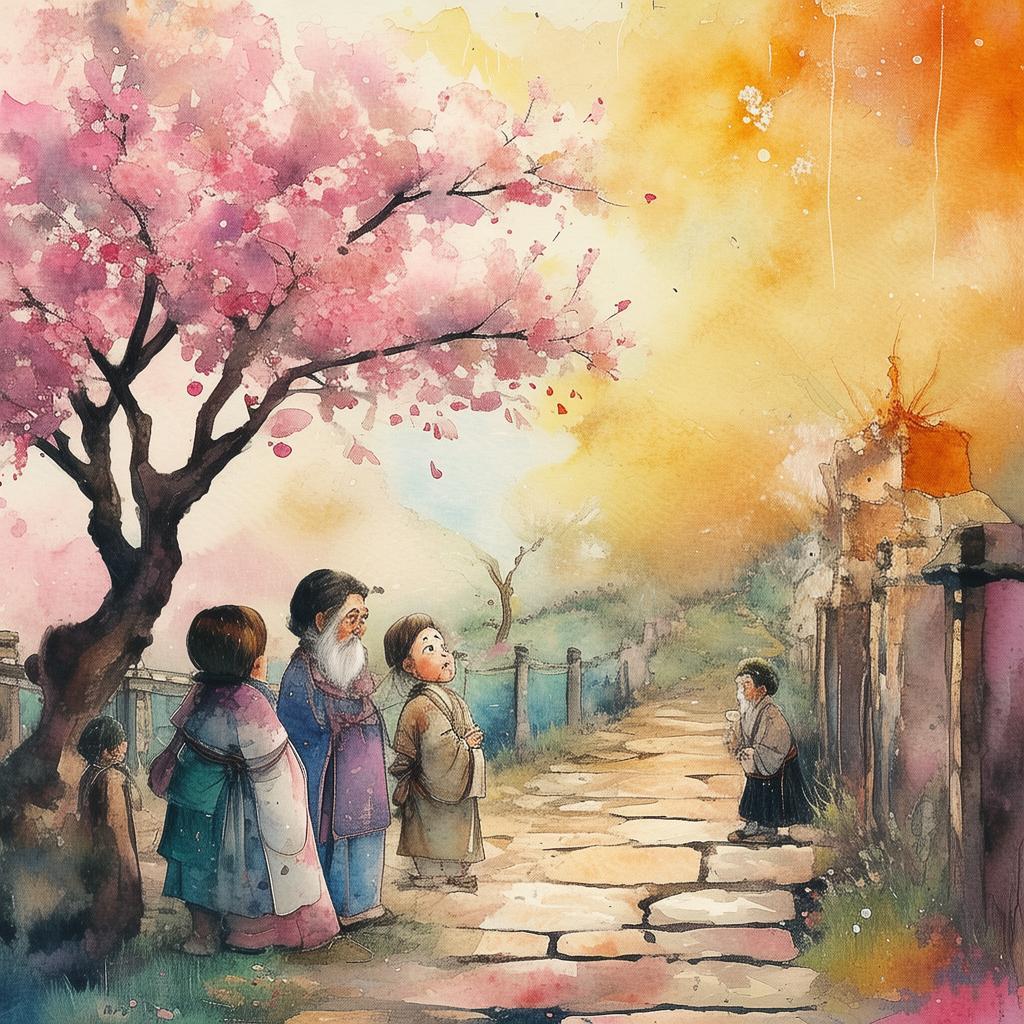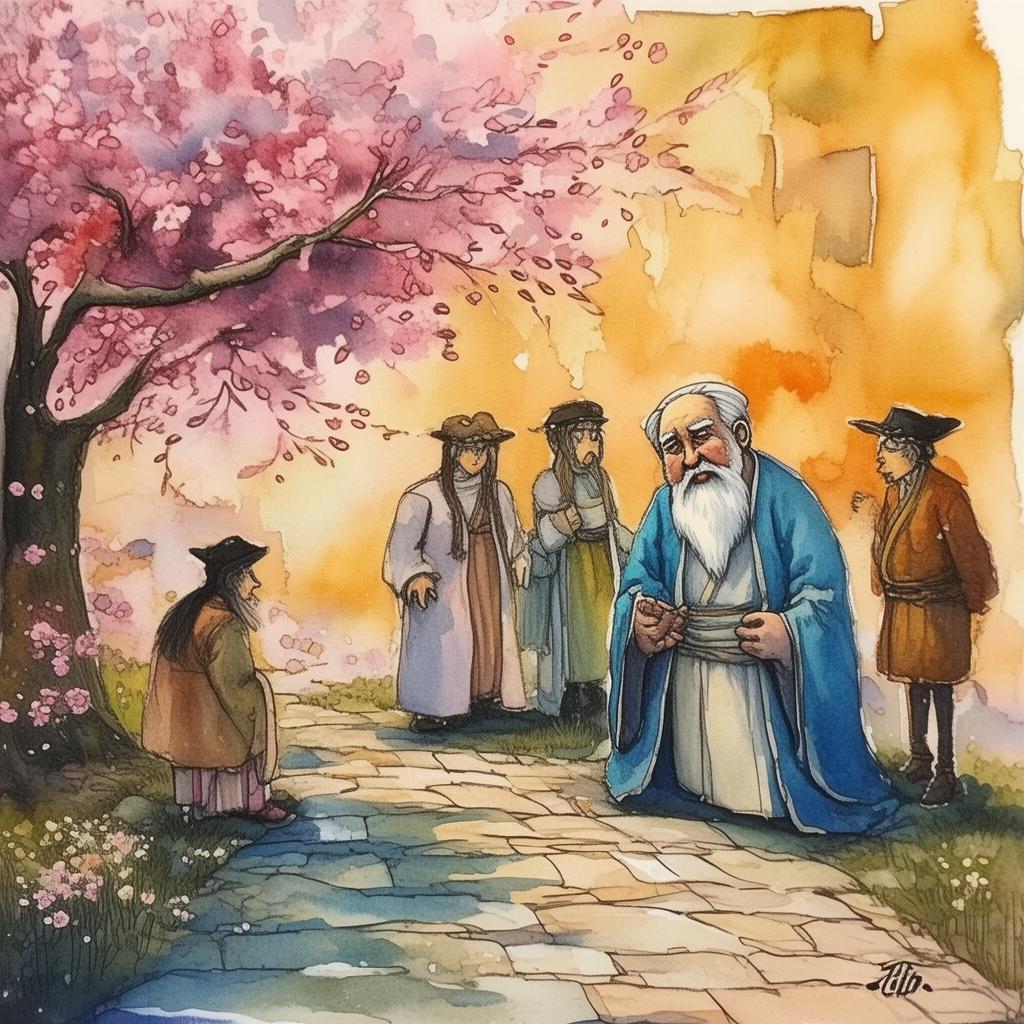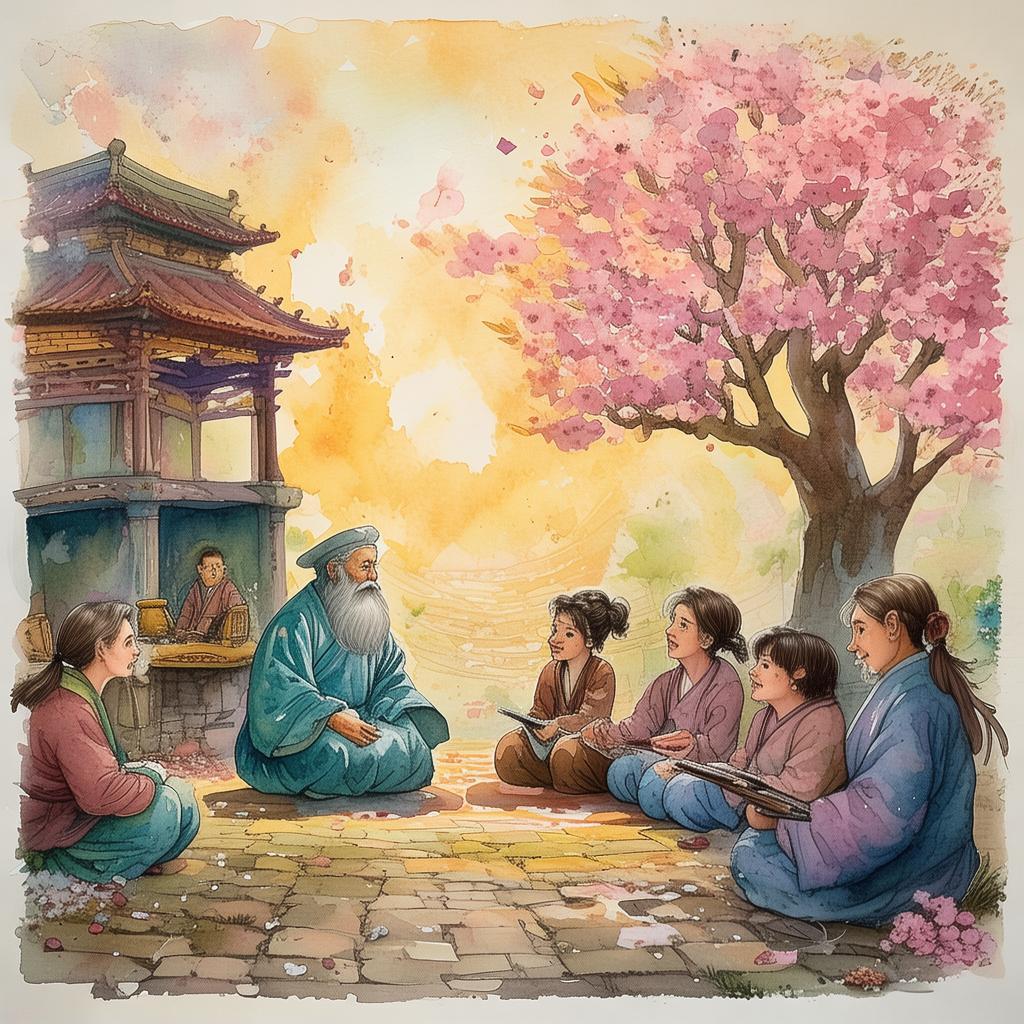The Labyrinth of Harmony: A Tale of the Geometric Garden
In the heart of ancient China, nestled between the mountains and the flowing rivers, there was a legend of a Geometric Garden, a place where the balance of nature was perfectly maintained. It was said that those who could navigate its intricate patterns would gain wisdom and insight into the world's greatest truths.
In a small village, there lived a young gardener named Ming. He was known for his green thumb and his quiet demeanor. Ming spent his days tending to the local gardens, but his heart yearned for something more. He had heard tales of the Geometric Garden, and though he had never seen it, he was determined to find it.
One morning, as the sun rose over the village, Ming found himself at the edge of a vast meadow. The grass was a vibrant green, and the air was filled with the scent of blooming flowers. In the distance, he saw a path that seemed to lead into the heart of the meadow. It was lined with ancient stone markers, each carved with intricate patterns that seemed to tell a story.
Ming's curiosity got the better of him, and he followed the path, his heart pounding with anticipation. As he walked, he noticed that the patterns on the stones began to change. They evolved from simple geometric shapes to more complex forms, each one more intricate than the last. He felt a strange sense of familiarity, as if he had seen these patterns before in his dreams.
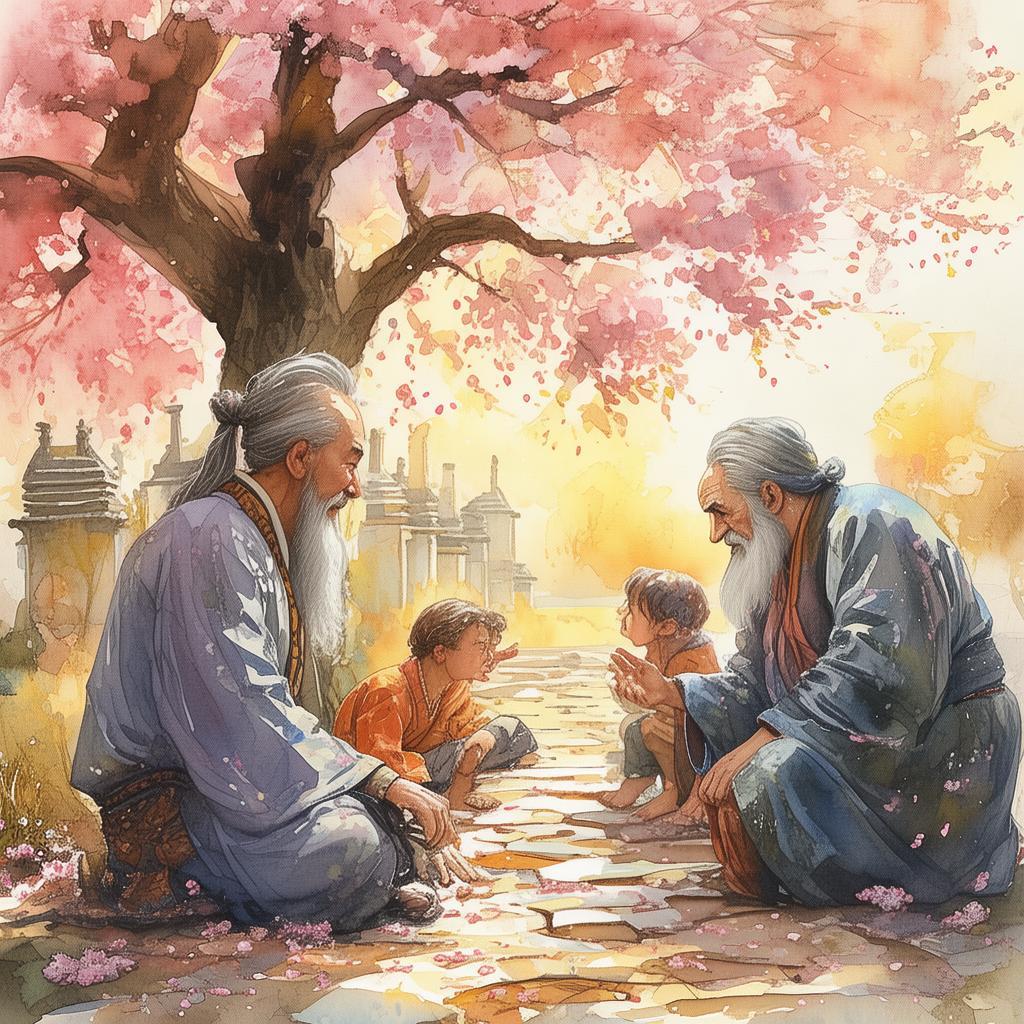
After what felt like hours, Ming arrived at a clearing. In the center stood a magnificent garden, unlike any he had ever seen. The plants were arranged in precise geometric patterns, forming shapes that were both beautiful and harmonious. In the center of the garden was a large, ornate gate, and Ming felt an irresistible urge to open it.
As he pushed the gate open, Ming was greeted by a voice that seemed to come from everywhere and nowhere. "Welcome, traveler," the voice said. "You have entered the Geometric Garden, a place where the balance of nature is maintained through the perfect harmony of its patterns."
Ming stepped inside and was immediately struck by the beauty of the garden. The air was filled with the sound of water trickling through a series of intricate channels, and the plants seemed to sway in a gentle, synchronized dance. He wandered through the garden, marveling at the precision and the beauty of it all.
As he walked, Ming noticed a series of stone tablets placed along the path. Each tablet was inscribed with a Chinese proverb that spoke to the importance of balance and harmony. "The moon in the sky is full, but the moon in the water is broken," one read. "The wise man seeks harmony, not uniformity," another said.
Ming felt a deep sense of connection to the garden and to the proverbs. He realized that the garden was not just a place of beauty, but a place of wisdom. It was a place where one could learn the true meaning of harmony and the balance of nature.
As he continued to explore, Ming encountered a wise old gardener who lived in the garden. The old gardener explained that the garden was a living entity, a place where the forces of nature were at play. "The garden teaches us that perfection is not about uniformity," the old gardener said. "It is about balance, about finding the right place for each element within the whole."
Ming listened intently, and as he did, he began to understand the deeper meaning of the garden's patterns. He realized that the same principles that governed the garden could be applied to his own life and to the world around him. He learned that harmony was not about fitting in, but about finding one's own place within the whole.
After several days, Ming felt it was time to leave the Geometric Garden. He knew that he would never forget the lessons he had learned there. As he walked back to the village, he felt a sense of peace and purpose. He knew that he would use the wisdom he had gained to create a garden of his own, a place where balance and harmony could be found.
Ming returned to his village and began to work on his own garden. He used the principles he had learned in the Geometric Garden to create a space that was both beautiful and functional. He planted the right plants in the right places, and he designed pathways that led visitors through a journey of discovery and enlightenment.
The garden became a place of peace and reflection, a place where people could come to find balance and harmony in their own lives. Ming's garden became famous, and people from far and wide came to visit. They marveled at the beauty and the wisdom of the garden, and they learned from Ming's example.
The story of Ming and the Geometric Garden spread far and wide, and it became a testament to the power of harmony and the balance of nature. Ming's garden became a symbol of the Chinese proverb, "The moon in the sky is full, but the moon in the water is broken," reminding all who visited that true perfection lies in the balance of all things.
And so, the Geometric Garden continued to thrive, a testament to the wisdom of its creator and to the enduring power of harmony.
✨ Original Statement ✨
All articles published on this website (including but not limited to text, images, videos, and other content) are original or authorized for reposting and are protected by relevant laws. Without the explicit written permission of this website, no individual or organization may copy, modify, repost, or use the content for commercial purposes.
If you need to quote or cooperate, please contact this site for authorization. We reserve the right to pursue legal responsibility for any unauthorized use.
Hereby declared.
